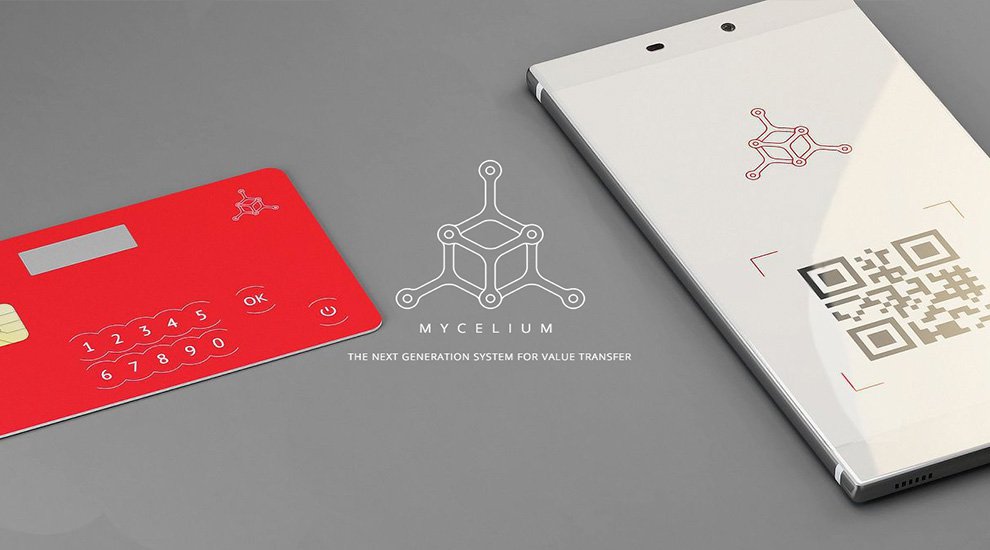Mycelium’s Leo Wandersleb: Segregated Witness a Technical Necessity
The long-lasting block-size dispute has catapulted into the center of attention again. One of the most talked-about developments is Segregated Witness, of which a public testnet iteration was launched last week. The innovation as recently proposed by Blockstream co-founder and Bitcoin Core developer Dr. Pieter Wuille is a centerpiece of a scalability “roadmap” set out by Bitcoin Core.
To find out where the broader development community stands on Segregated Witness, Bitcoin Magazine reached out to library and wallet developers; those who will need to do the heavy lifting in order to utilize the innovation once rolled out.
In part 4 of this series: Mycelium developer Leo Wandersleb.

Segregated Witness
Wuille’s Segregated Witness proposal is set to offer several improvements to the Bitcoin protocol. The benefit that has received the most attention is its potential to effectively increase the block size to a range from 1.75 megabytes to 2 megabytes without requiring a hard fork. Interestingly, however, many Bitcoin developers are more excited about the other Bitcoin protocol improvements that Segregated Witness has to offer.
Wandersleb, whose Mycelium has officially committed to integrating Segregated Witness once rolled out, acknowledged the importance of the innovation.
“Segregated Witness is not a block size increase, but a technical necessity to fix completely different issues, by also producing less load on the blockchain,” Wandersleb explained. “There is, however, a realistic chance that it will take a long while before it has an effect on total transaction throughput.”
The Mycelium developer believes, however, that Wuille’s Segregated Witness proposal is the best way forward, at this point.
“The fact that all of this is possible as a soft fork, which results in only a slightly more ugly protocol than a hard fork, is amazing at this point,” Wandersleb said. “It allows anyone to delay implementing the change, making sure nobody will be left behind.”
As such, Wandersleb is dedicated to implementing Segregated Witness in the Mycelium wallet.
“We have [been] experimenting with the Segregated Witness testnet a bit; it will probably be a very reasonable amount of work to implement, and can be done on our own schedule. Moreover, delayed implementation will not result in our users losing money, beyond the potentially higher fees they would have to pay,” he said.
Moving Forward
Roll-out of Segregated Witness on the Bitcoin network is currently scheduled for April of this year. Once a super-majority of miners agrees on the solution, Segregated Witness will be activated, and can be utilized by wallet software.
As what is perhaps the most notable difference between Bitcoin Core and Bitcoin Classic, the former plans to roll out Segregated Witness through a soft fork, while the latter wants to deploy a block size increase through a hard fork requiring all full nodes on the network to switch.
Wandersleb has voiced support for a block size increase hard fork in the past, but has come around since.
“Maybe we fell for the trap of talking about the block size, rather than more abstract goals we should commit to instead,” Wandersleb explained. “The Number One priority is censorship resistance. Without that, Bitcoin would be just another PayPal. If censorship resistance is covered we can work on priority Number Two: process all the world’s morning coffees and more.”
And, commenting on the scalability road map as set out by Bitcoin Core:
“I believe that Bitcoin Core, committed to these values, should acknowledge that increasing the block size or other hard forks might possibly be necessary. Nothing more. No tiny hard fork now, but an acknowledgement that avoiding hard forks at all costs might not be enough.”
For more information on Segregated Witness, see Bitcoin Magazine’s three-part series on the subject, or part 1, part 2 and part 3 of this development series.
The post Mycelium’s Leo Wandersleb: Segregated Witness a Technical Necessity appeared first on Bitcoin Magazine.



